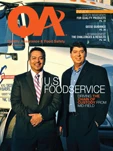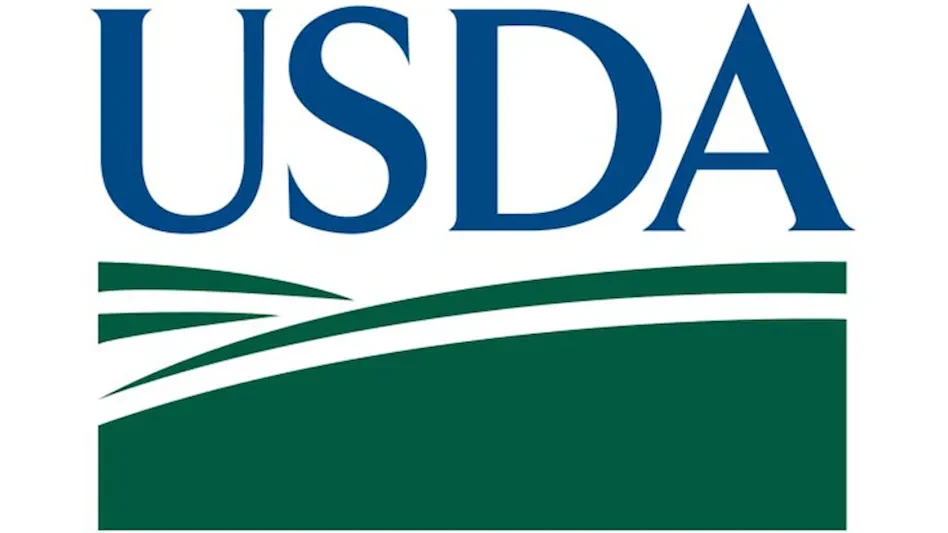The global food processing industry is estimated to have more than $2 trillion in annual sales, approximately 25 percent of which directly involve international import/export sourcing. With these numbers continuing to grow, U.S.-based food producers with offshore sourcing or production must be intimately familiar with cross-border food safety and quality rules and regulations. Otherwise, they can face huge and unexpected costs for everything from quarantine storage charges to actual loss of a shipment if rejected by inspectors, or by customs and safety officials.
China’s Importance. Few food export dynamics more clearly illustrate this situation than that of China’s increasing food exports to the United States. In the past decade alone:
- The value of Chinese processed food and commodity imports has more than tripled.
- China accounts for nearly 3.5 percent of the U.S. imported foods, and it has more food facilities registered with FDA than do Canada or Mexico.
- China is the top source of U.S. imports for some categories, such as fish and seafood products.
This large role makes U.S. government quality and safety approval crucial for foods sourced in China. The FDA has set up three new offices there in the last year and has a dedicated food regulatory staff in China.
Many imports from China have been detained recently by the FDA. In one recent year, only Mexico and India had more refused food shipments than China. The most common reasons for detention were veterinary drug residues, antibiotics and prohibited levels of pesticides and other additives. Because of the continuing increase of Chinese imports and the changing regulatory environment, it is essential to understand the U.S. regulatory approach on quality at the production end and compliance at the import end.
Production Standards. All food manufacturing facilities exporting to the U.S. must conform to FDA Good Manufacturing Practices (GMP). FDA inspections for GMP compliance may encompass everything from production history and firm management to direct observation of objectionable conditions and deficiencies.
The FDA may reject any food for import if it appears to be adulterated, misbranded or otherwise violates the law. The agency may require that noncompliant food be relabeled, reconditioned, refused, detained, seized or destroyed, based on examination, on a food producer’s prior history—or even on the appearance of violating FDA standards.
The FDA has begun to use an inspection standard for food safety ("otherwise unfit for food") that was formerly used for food aesthetics, indicating that standards are not static and are becoming more rigorous. In addition, FDA is exercising more vigilance on the supply chain, so food producers sourcing globally must know where food commodities are from, verify production compliance with all applicable U.S. laws, and supply all required documentation.
Producers must also be prepared to pass FDA’s computer-assisted assessment by developing the capability to track and document the path of food products "from farm to fork."
Import Standards. In May, 2009, FDA finalized a new rule and compliance guide mandating that the FDA receive prior notice of at least two hours for food imported by road, four hours by air or rail, and eight hours by water. The rule also establishes maximum notice times, ranging from 15 to 30 days.
The rules become more complex when combined with the requirement for facilities to register with the FDA if they manufacture, process, pack or hold food for human or animal consumption in the United States. For example, food that is not in its natural state may not be imported into the U.S. unless the FDA receives the name of the manufacturer and either the registration number, city and country of the manufacturer, or the full address and the reason the registration number is not provided. Failure to provide prior notice on imports can mean refusal of entry, federal civil or criminal charges, or debarment of an importer.
Another looming issue is that of food additives, which was illustrated by the melamine issue of 2006-2007. FDA approval is required for food additives, and although there are additives that are generally recognized as safe (such as sugar and spices) or have been previously approved, many fail to recognize the need for additive approval or are mistaken about whether the standard applies to them.
Regulatory Integration. Importing food supply companies must meet U.S. standards for food sanitation and safety. Even if countries strive to integrate their food regulatory standards with those of the U.S., it is highly unlikely that the FDA will accept the agency decisions of other countries as definitive.
Thus, as the FDA continues its movement toward regulating the entire chain of U.S.-sold foods—from production through distribution to consumption—regardless of their source, it is wise for processors to ensure their international ingredients and supplies meet or exceed FDA standards before reaching a U.S. port of entry.
The authors: Eric Hargan is a partner with McDermott Will & Emery (MWE) in Chicago. He formerly served as deputy secretary and regulatory policy officer for the U.S. Department of Health and Human Services, and has worked with the Ministry of Health of Japan. Kevin Qian is a founding partner of MWE China in Shanghai. With multinational experience in food regulatory law, he was legal counsel to the Chinese operations for an international food and beverage producer.

Explore the March 2010 Issue
Check out more from this issue and find your next story to read.
Latest from Quality Assurance & Food Safety
- Bird Flu: What FSQA Professionals Need to Know
- Registration Open for 129th AFDO Annual Educational Conference
- Frank Yiannas, Aquatiq Partner to Expand Global Reach of Food Safety Culture
- World Food Safety Day 2025 Theme: Science in Action
- Ancera Launches Poultry Analytics System
- USDA Terminates Two Longstanding Food Safety Advisory Committees
- Catalyst Food Leaders Announces Virtual Leadership Summit for People in Food
- Food Safety Latam Summit 2025 Set for Mexico City





